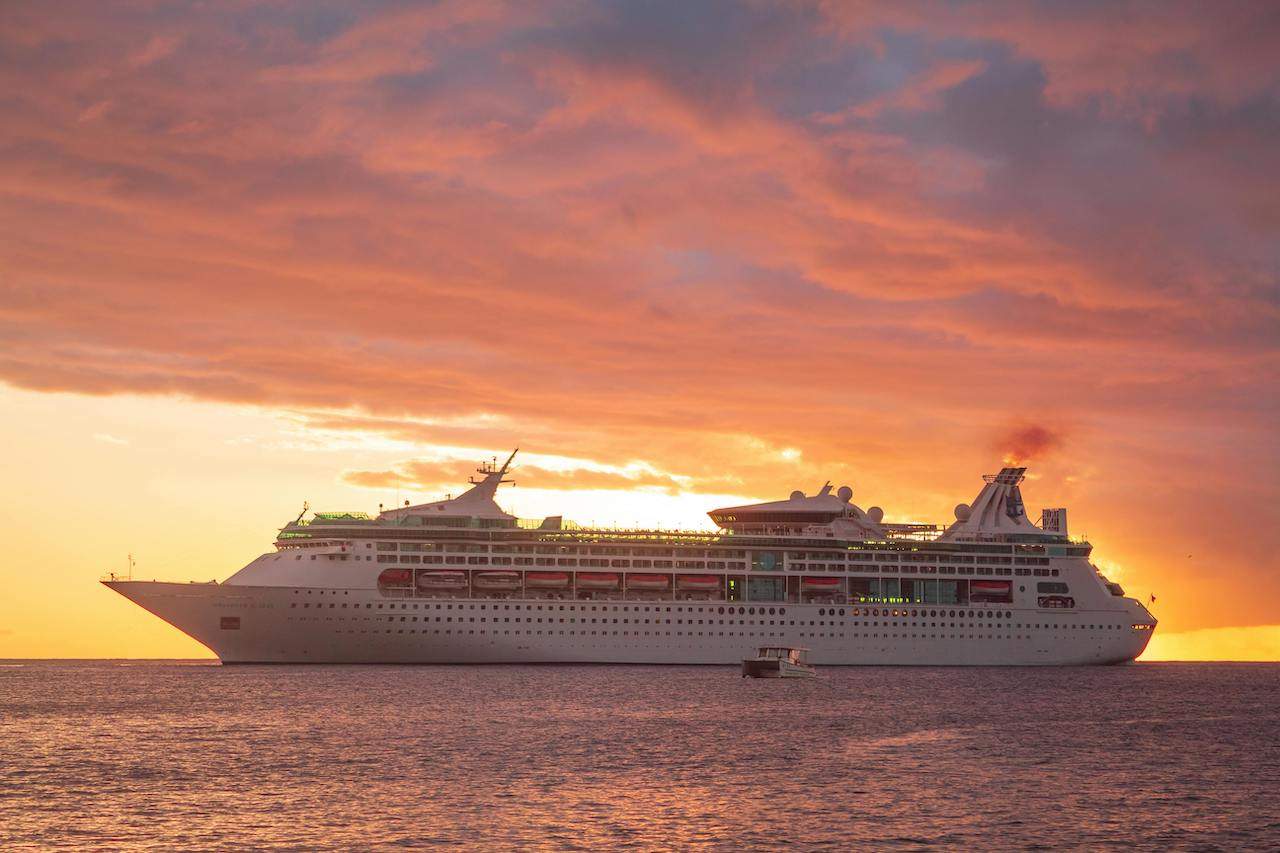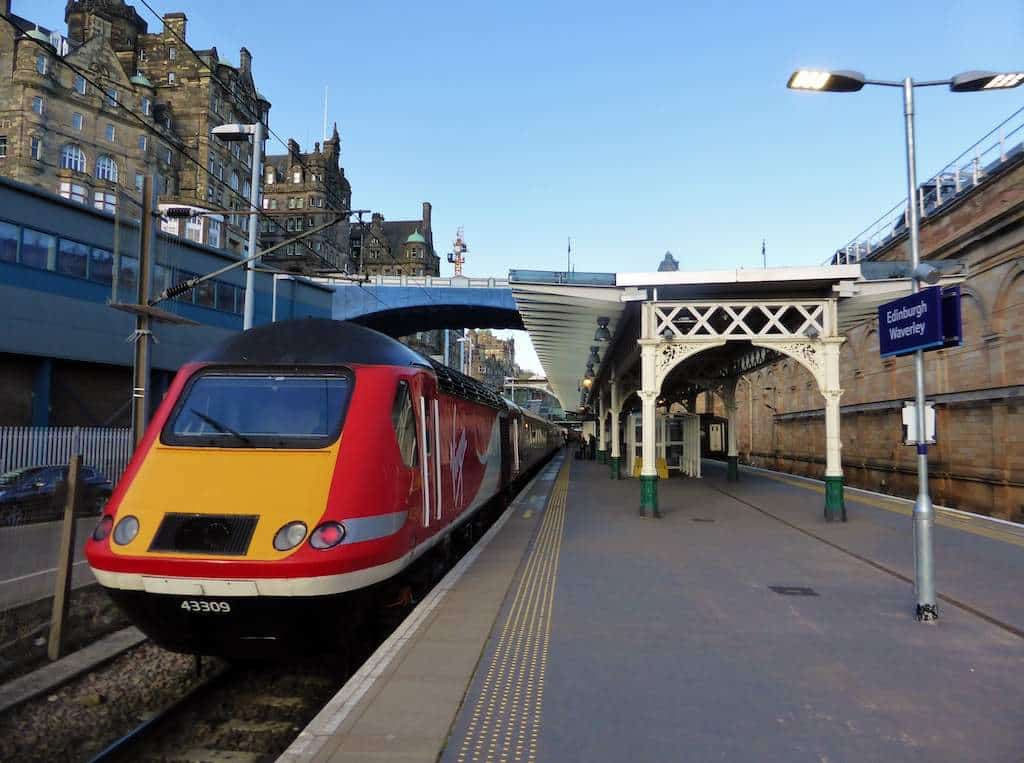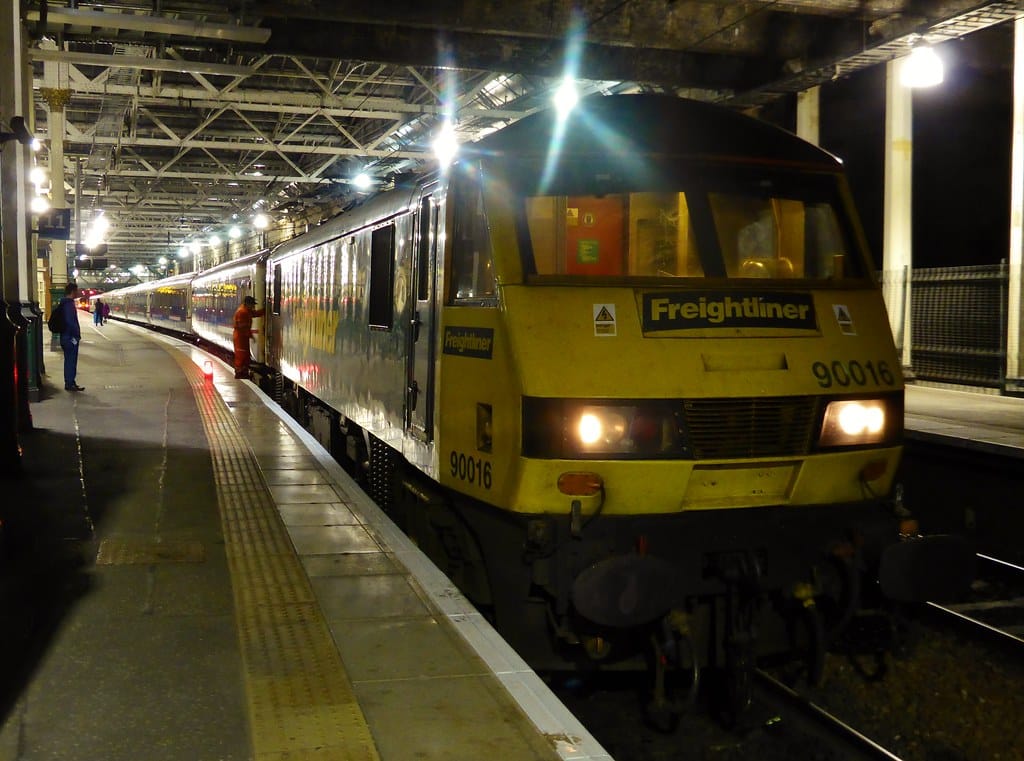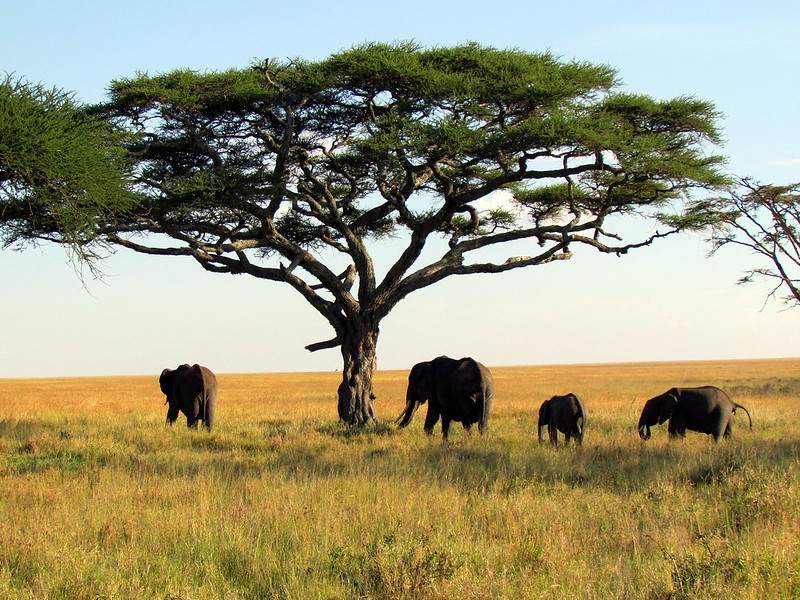Luxury cruise packages offer an unparalleled travel experience with a blend of relaxation, adventure, and top-notch services. Many travelers are enticed by the promise of lavish amenities and the opportunity to explore multiple destinations comfortably. Whether it’s the allure of personalized services or the excitement of exotic locales, Galapagos luxury cruises showcase the height of opulence and exclusive experiences.
Navigating the world of luxury cruise packages can be daunting for first-timers. Understanding what’s included in these packages versus what comes as an extra cost can significantly enhance your trip planning. This guide aims to break down the components of luxury cruise packages and provide insights into what you can expect. With detailed knowledge, you can optimize your vacation to fit your preferences and budget, ensuring an unforgettable journey.
What’s Included in Luxury Cruise Packages?
When booking a luxury cruise, knowing what amenities and services are included in the package is essential. Generally, luxury cruises bundle several high-end features to ensure a seamless and enjoyable experience from the moment you step aboard. Knowing these inclusions can help you make an informed decision and distinguish between basic and premium offerings.
Accommodation
One of the cornerstones of luxury cruise packages is the top-tier accommodation. Cabins or suites often have luxurious furnishings, spacious bathrooms, and private balconies offering breathtaking views. Unlike standard cruise lines, many luxury yachts and ships provide a more personalized and intimate lodging experience to ensure maximum comfort.
Standard inclusions include premium bedding, personalized room service, and modern amenities like flat-screen televisions and high-speed internet. Some high-end suites also come with butler services, enhancing the luxury experience. The level of detail and care in the design and furnishings can make your cabin feel like a five-star hotel on water, creating a serene and opulent environment to unwind after a day of exploration.
Dining Options
Dining on a luxury cruise is a gourmet adventure. Packages typically include multiple venues, from casual cafes to fine dining restaurants. Highly skilled chefs prepare diverse international cuisines, often using the finest ingredients. This ensures that every meal is a special occasion and a culinary delight.
Lavish buffets, à la carte restaurants, and specialty eateries are standard offerings designed to cater to varying culinary preferences. Additionally, many luxury cruises offer complimentary beverages, including select wines and spirits, as part of the dining package. The variety and quality of the dining options are often on par with, or exceed, those found in high-end restaurants on land, offering a rich culinary portfolio that enhances the overall cruise experience.
Entertainment and Activities
Entertainment on luxury cruises is designed to cater to diverse interests and provide ample opportunities for relaxation and enjoyment. From live performances to on-board casinos, there’s something for everyone. Fitness centers, spa facilities, and swimming pools are generally included, offering guests a range of ways to unwind.
Workshops, lectures by renowned experts, and cultural demonstrations enrich the cruise experience. Whether you’re interested in wine tasting, art classes, or cooking demonstrations, luxury cruises ensure there’s never a dull moment. The aim is to provide enriching and entertaining options, so guests can indulge in their favorite pastimes or discover new interests at sea. The quality and variety of these activities rival those found in upscale resorts and cultural centers.
Additional Extras to Consider
While luxury cruise packages are comprehensive, several additional extras might not be included but can greatly enhance your overall experience. Planning for these extras can help avoid surprises and ensure a smoother vacation. Recognizing these extras beforehand enables you to customize your trip further, ensuring every aspect meets your expectations.
Excursions and Day Trips
Excursions are a highlight of any cruise, allowing passengers to explore the destinations more intimately. While some basic excursions may be included in your package, more exclusive tours or adventurous activities often come at an additional cost. These unique outings can make your trip memorable and offer deeper insight into the cultures and landscapes you visit.
Whether it’s a guided tour of a historical site, a scuba diving adventure, or a helicopter ride over stunning landscapes, these excursions can provide unique and unforgettable experiences.
Premium Services
Several premium services can be added to your luxury cruise package for an elevated experience. These may include spa treatments, personalized fitness training, or private dining experiences. Additionally, some cruises offer exclusive access to VIP areas or special events. These services allow you to tailor your trip to your preferences, adding an extra layer of luxury and exclusivity.
Concierge services to plan and manage your onboard and off-board activities can make your trip even more special. These might cost extra but add immense value to your cruise, making it more personalized and convenient. From arranging special celebrations to securing exclusive reservations, these services ensure that every detail of your vacation is meticulously handled, allowing you to focus solely on enjoyment.
Tips for Choosing the Right Package
Selecting the right luxury cruise package can significantly impact your travel experience. Here are some tips to help you make an informed decision:
- Research and Compare: Look into multiple cruise lines and their offerings. Websites can offer valuable comparisons and insights. Reading about different options can provide a clearer picture of what each cruise line offers and help you identify which best meets your needs.
- Determine Your Priorities: Identify what aspects of a cruise are most important to you – dining, activities, or destinations. This will help narrow down your choices. Knowing what you value most will guide your decision-making process and ensure you select a package that aligns with your expectations.
- Consider the Itinerary: The destinations and duration of the cruise are crucial. Make sure the itinerary aligns with your travel aspirations. Whether you’re traversing the Mediterranean or exploring the Caribbean, the right route can significantly improve your overall satisfaction.
- Read Reviews: Customer reviews can provide first-hand accounts of their experiences, helping you gauge the quality and reliability of the cruise line. Honest feedback from past travelers can be invaluable in highlighting various packages’ strengths and potential weaknesses.
- Check Inclusions and Extras: Thoroughly review the package’s inclusions and potential extra costs. This will help you budget more effectively. Knowing exactly what you’re paying for helps avoid unexpected expenses and ensures you get the best value for your money.
Understanding what’s included in luxury cruise packages versus what comes as an extra cost can significantly enhance your trip planning. With the right information and planning, you can select a cruise package that offers an unforgettable, luxurious journey tailored to your preferences.





